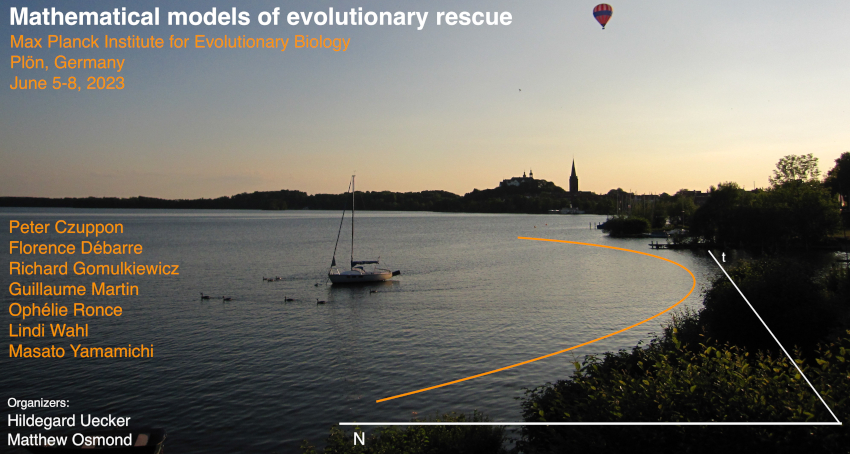Speaker
Description
Uncertainty in the outcome of individual-level processes, such as death or reproduction, complicates the ability to predict population extinction; random chance may cause otherwise identical populations to experience different fates. Individual-level variability generates multiple population-level phenomena – such as demographic stochasticity, sex-ratio stochasticity, and phenotypic stochasticity – that have different effects on population dynamics and are often studied separately. I present a general framework for quantifying the importance of different forms of stochasticity to the predictability of population extinction. In the context of evolutionary rescue, I decompose the effects of demographic stochasticity, sex-ratio stochasticity, and genetic drift over time on the likelihood of rescue, time to recovery, and time to extinction. I find that phenotypic stochasticity contributes the most to the predictability of extinction early during rescue while the contributions of demographic stochasticity and sex-ratio stochasticity increase in importance as time goes on. I further find that phenotypic stochasticity is substantially more important for predicting time to recovery than for predicting time to extinction, while the opposite is true for demographic and sex-ratio stochasticity. The greater importance of phenotypic stochasticity to recovering populations reflects the fact that rapid evolution is required for successful recovery and hence faster-than-average evolution should lead to sooner-than-average recovery. Overall, these results present a nuanced picture of how stochasticity results in divergent population outcomes and illustrate how my framework for partitioning the effects of stochasticity may be used to derive novel insights into the dynamics of small populations and extinction.

